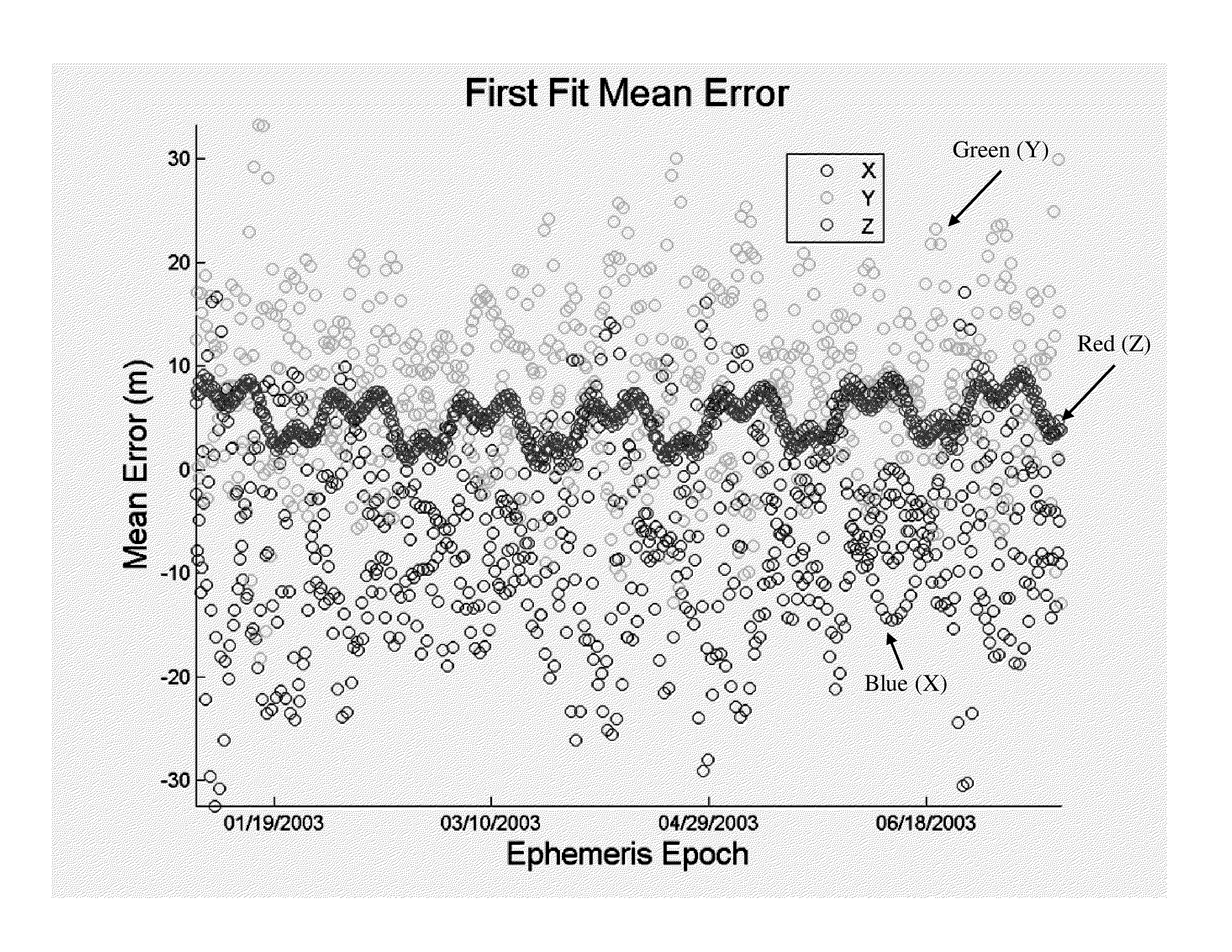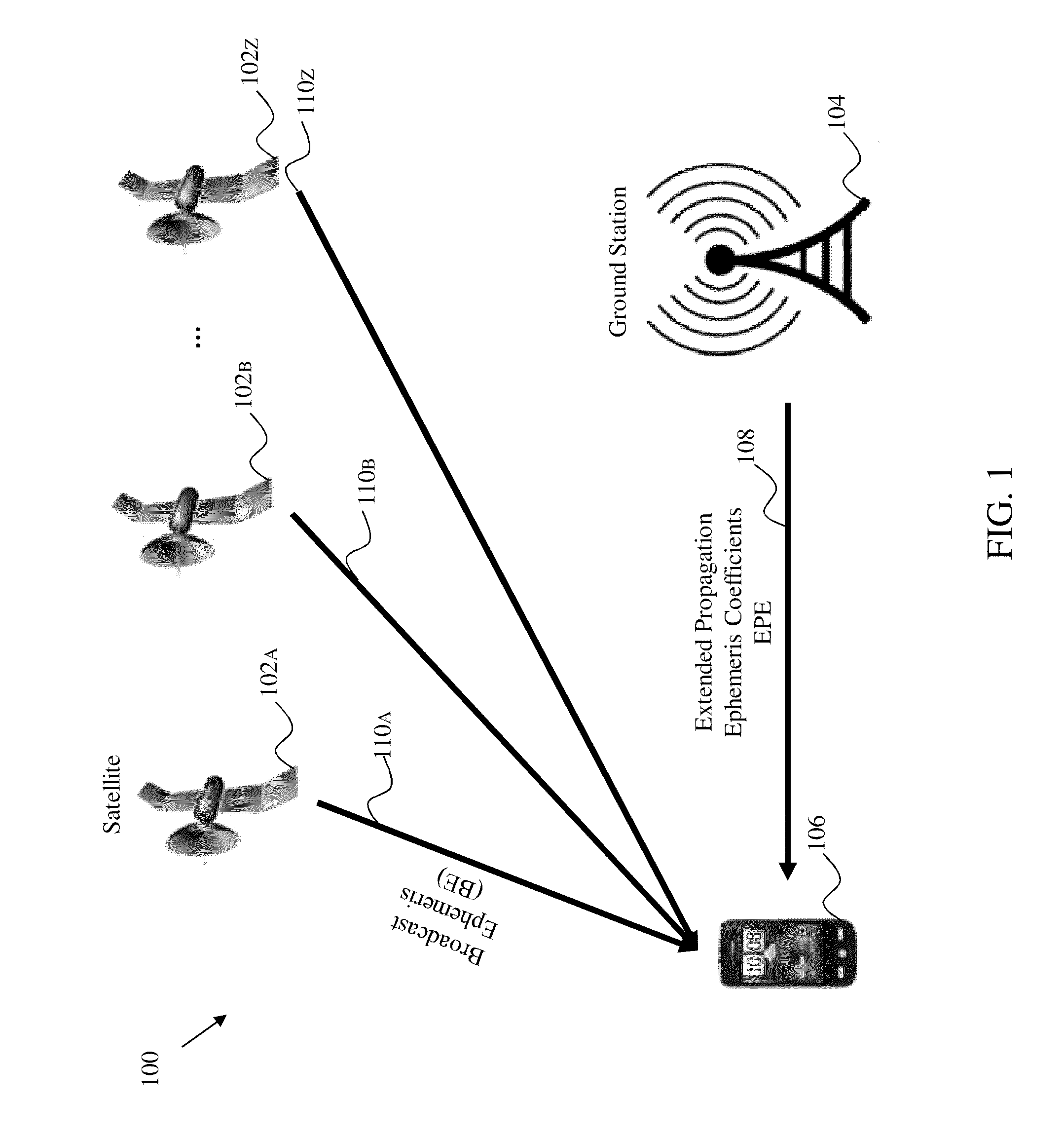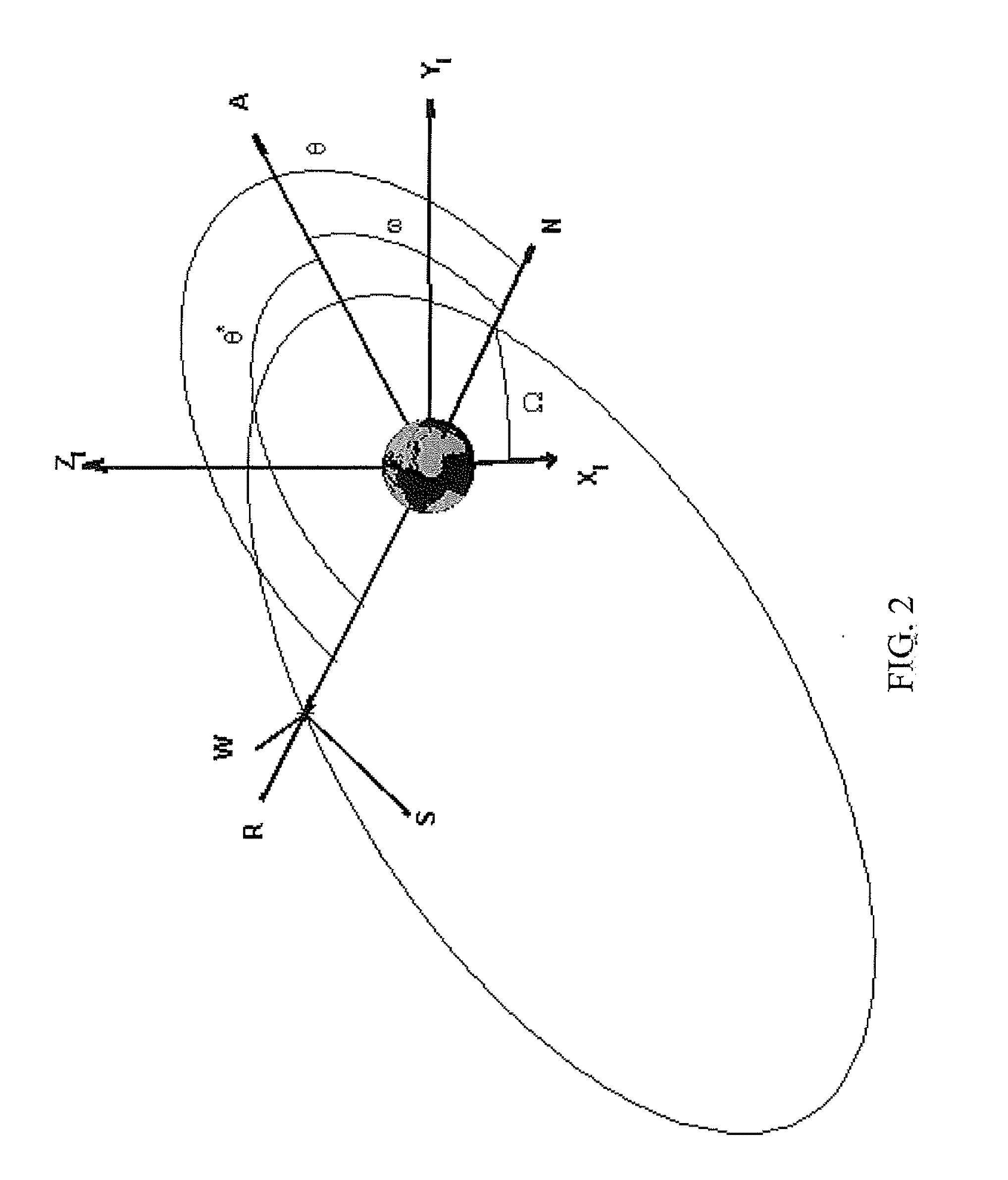GNSS Ephemeris with Graceful Degradation and Measurement Fusion
a technology of graceful degradation and ephemeris, applied in wave based measurement systems, computations using non-denominational number representations, instruments, etc., can solve the problems of receivers being unable to determine the position of satellites, unable to achieve the effect of high accuracy
- Summary
- Abstract
- Description
- Claims
- Application Information
AI Technical Summary
Benefits of technology
Problems solved by technology
Method used
Image
Examples
Embodiment Construction
For the purposes of promoting an understanding of the principles of the invention, reference will now be made to the embodiments illustrated in the drawings and described in the following written specification. It is understood that no limitation to the scope of the invention is thereby intended. It is further understood that the present invention includes any alterations and modifications to the illustrated embodiments and includes further applications of the principles of the invention as would normally occur to one of ordinary skill in the art to which this invention pertains.
Referring to FIG. 1, a schematic of an embodiment of a system 100 for geolocating a receiver is depicted. The system 100 includes a plurality of satellite 102 (depicted are 102A and 102B through 102Z) in Earth's orbit. The system 100 further includes a ground station 104 and a receiver 106. The ground station 104 is configured to communicate coefficients for an extended propagation ephemeris model, described...
PUM
 Login to View More
Login to View More Abstract
Description
Claims
Application Information
 Login to View More
Login to View More - R&D
- Intellectual Property
- Life Sciences
- Materials
- Tech Scout
- Unparalleled Data Quality
- Higher Quality Content
- 60% Fewer Hallucinations
Browse by: Latest US Patents, China's latest patents, Technical Efficacy Thesaurus, Application Domain, Technology Topic, Popular Technical Reports.
© 2025 PatSnap. All rights reserved.Legal|Privacy policy|Modern Slavery Act Transparency Statement|Sitemap|About US| Contact US: help@patsnap.com



